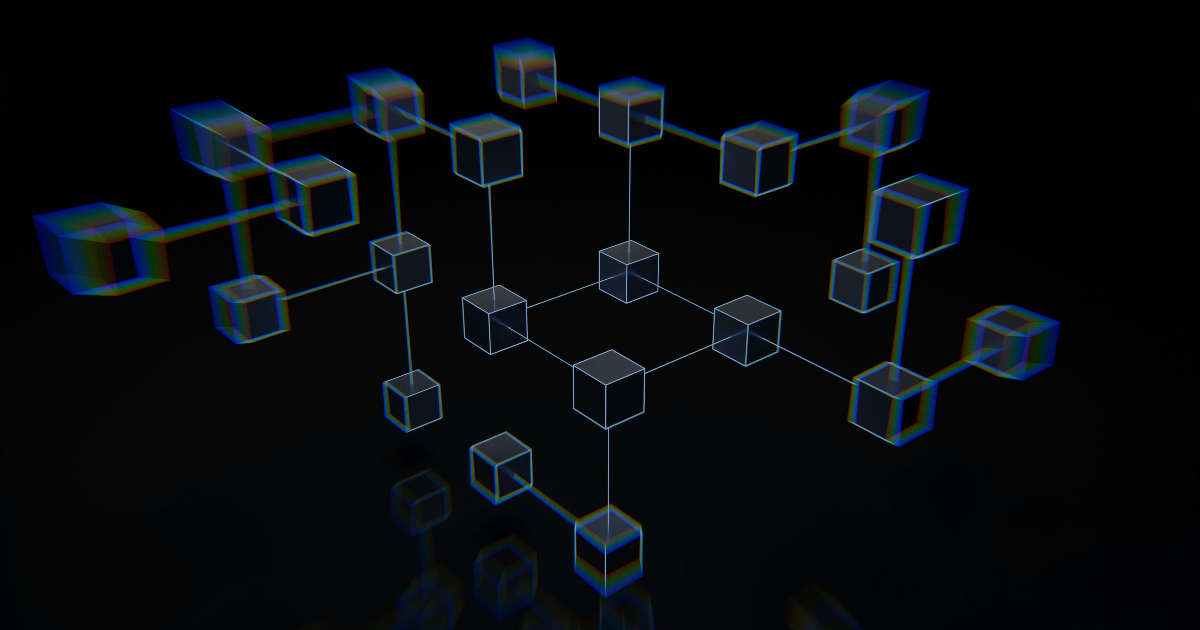Codetown
Codetown ::: a software developer's community
Sending strings between two computers via ethernet
A while ago I asked a question about using RS-232 communication with Java. It seems as though I need to abandon that route because it no longer fits the desired system requirements. Thanks to Nem for his advice on that one.
Now what I need to be able to do is send and receive strings between two computers connected via a network hub. The computers in use would not be connected to the outside world and would only be communicating with each other at this point.
I need to be able to send a string like "auto" terminated with a carriage return when a button on a GUI is pressed by the user. The GUI would then need to get back a string like "ok" or "err" also followed by a carriage return.
I am sure that I am making this much harder than I need to, so if anyone can help out it would appreciated. For some reason I am having a lot of trouble absorbing how to use Java, so any help or explanations need to be in beginner terms.
Thanks.
Tags:
Replies to This Discussion
-
Permalink Reply by Paul Stearns on October 5, 2011 at 10:20am
-
Thanks, I will check those out.
Thanks again for the help.
- ‹ Previous
- 1
- 2
- Next ›
Notes
Welcome to Codetown!
 Codetown is a social network. It's got blogs, forums, groups, personal pages and more! You might think of Codetown as a funky camper van with lots of compartments for your stuff and a great multimedia system, too! Best of all, Codetown has room for all of your friends.
Codetown is a social network. It's got blogs, forums, groups, personal pages and more! You might think of Codetown as a funky camper van with lots of compartments for your stuff and a great multimedia system, too! Best of all, Codetown has room for all of your friends.
Created by Michael Levin Dec 18, 2008 at 6:56pm. Last updated by Michael Levin May 4, 2018.
Looking for Jobs or Staff?
Check out the Codetown Jobs group.
InfoQ Reading List
Podcast: Effective Mentorship and Remote Team Culture with Gilad Shoham

In this podcast, Shane Hastie, Lead Editor for Culture & Methods, spoke to Gilad Shoham about building effective mentorship relationships, leading fully distributed teams and the evolving role of developers in an AI-augmented future.
By Gilad ShohamBeyond Win Rates: How Spotify Quantifies Learning in Product Experiments

Spotify has introduced the Experiments with Learning (EwL) metric on top of its Confidence experimentation platform to measure how many tests deliver decision-ready insights, not just how many “win.” EwL captures both the quantity and quality of learning across product teams, helping them make faster, smarter product decisions at scale. The outcome must support one action: ship, abort, or iterate.
By Olimpiu PopQCon AI NY 2025 - Becoming AI-Native Without Losing Our Minds To Architectural Amnesia

Tracy Bannon's QCon AI NY 2025 talk revealed how the rise of AI agents risks amplifying common architectural failures. She emphasized the distinctions between bots, assistants, and agents, highlighting the need for governance, clear identity controls, and disciplined decision-making to address “agentic debt.” Bannon called for architects to apply foundational principles amid rapid AI adoption.
By Andrew HoblitzellHow Artificial Intelligence Can Help Us Connect with Customers

In software development, success means going beyond meeting requirements. We must create products that surprise and delight users and are innovative, create impactful solutions, Ken Hughes said in the keynote “Connection is Everything”. AI can help us connect with customers and create better user experiences.
By Ben LindersAWS and Google Cloud Preview Secure Multicloud Networking

In a surprising move, AWS and Google Cloud have recently partnered to simplify multicloud networking, introducing a common standard and leveraging "AWS Interconnect - Multicloud" and "Google Cloud's Cross-Cloud Interconnect". The new option makes it easier for organizations to manage and secure workloads across both clouds, with Azure expected to join in 2026.
By Renato Losio
© 2025 Created by Michael Levin.
Powered by
![]()